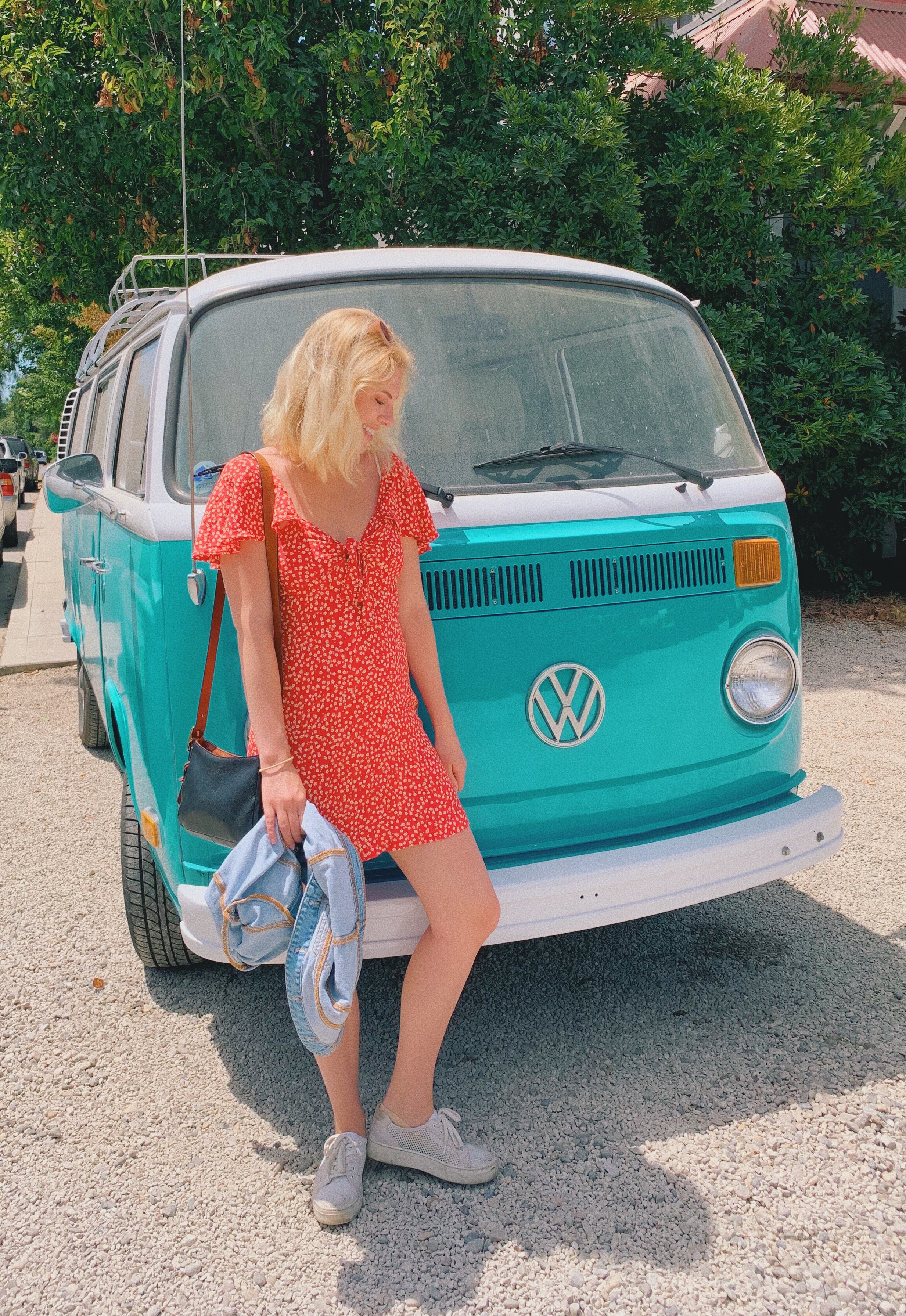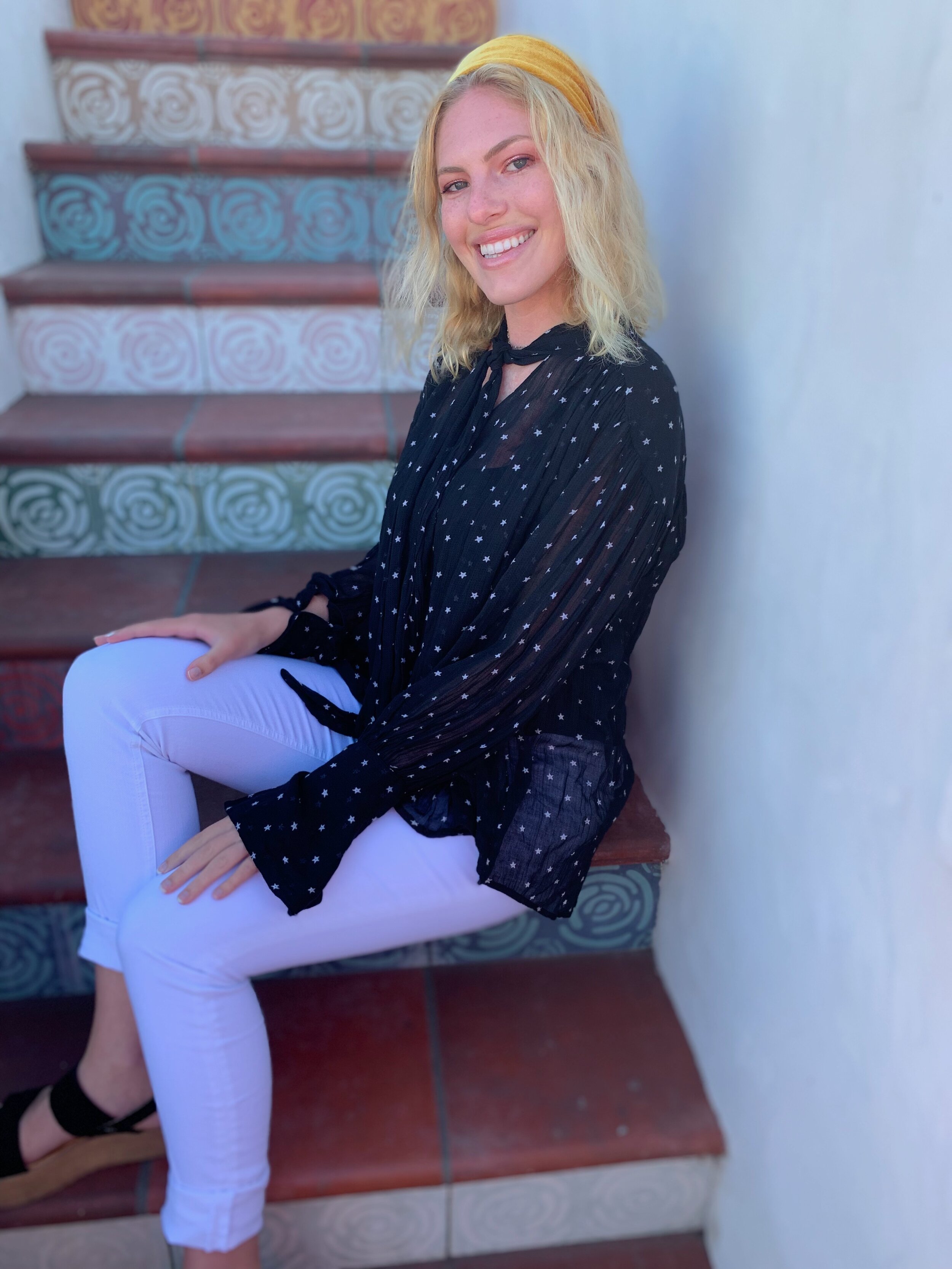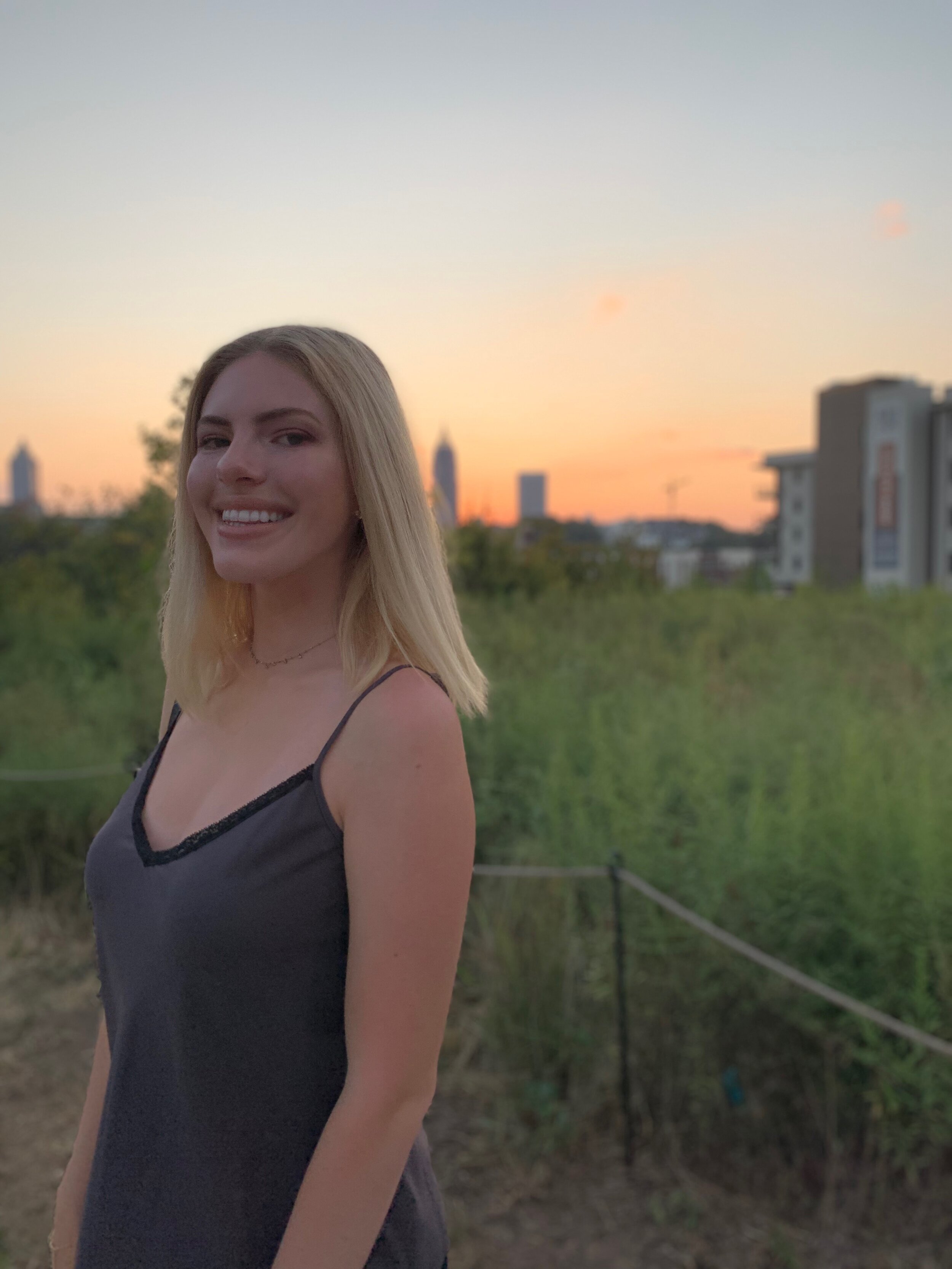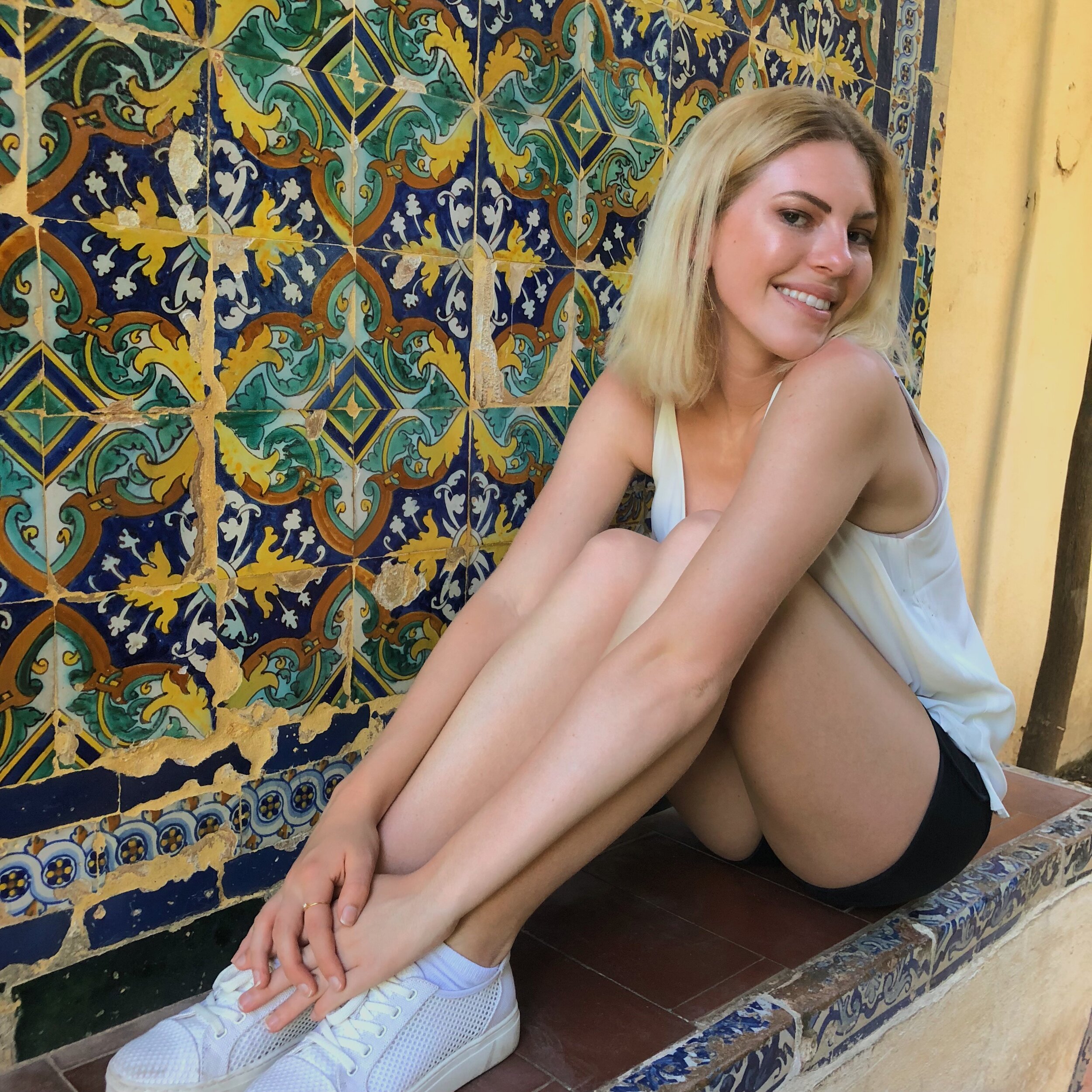Copenhagen's Magical Glass Market
From settling into my apartment in Vestergade, to befriending the girls in my Social Justice LLC, to visiting my Danish family friend's home in Nyhavn, to experiencing hygge in the Living Room and the Coffee Industry Sweden, to shuffling through second-hand shops, to getting more comfortable with my classes, to taking a yoga class in Danish, the first week and couple days in Copenhagen have been exhausting and rewarding.
And out of all these vivid moments, I cannot help but focus specifically on one: shopping for groceries. Yes, the most mundane activity has now become a favorite of mine. As I love cooking and eating good food, having grocery stores so close has made it easy to buy fresh goods. But more recently, I have found a place that truly brings me even closer to food.
Just an 8-minute stroll from my apartment is Torvehallerne or the Glass Market. This past Sunday, I gathered my reusable bags, pulled on my ridiculously thick coat (apparently, it's unseasonably warm but my typical California self still thinks it's pretty cold), and made my way to the market to buy groceries for the upcoming week.
As I had visited the market a few days before with friends, I was familiar with the very quaint outdoor vegetable stand between the two glass buildings where produce is laid out neatly in woven baskets, mostly without wrapping or plastic. As per my goal to live an even more sustainable life while abroad, I gathered naked veggies, fruits, and mushrooms, completely satisfied with my little basket filled with bare food. Only one item, raspberries, came with a package, which I plan on reusing the next time I buy delicate fruits.
I spent my time picking out each vegetable and fruit, gently placing them in that woven basket. The wide array of mushrooms, the colorful assortment of carrots, the unique shapes of the tomatoes sent a spark through me as I felt more connected to the food I was going to cook than I ever have.
I then brought my basket to the one cashier, and while he put my produce into my reusable bags, I told him how beautiful the produce was. We had a short conversation, and he said he looked forward to seeing me again, as I had said I hope to be doing a lot of my grocery shopping at the market.
This was just a small experience, but I felt so free from my usual routine of grocery shopping in which I enter a dull, overly-lit, overly-marketed, overly-stuffed store and pay for my food from a cashier who could really care less about me and my day (and vice-versa to be completely transparent). Sometimes I even avoid stores all together with delivery apps. The connection between actually enjoying picking out the food that I would spend time cooking and would put into my body was severed by busy supermarkets and delivery apps. The whole experience of searching, choosing, buying, cooking, and eating has been elevated by doing it in a place more conducive to connectivity and community.
I went home to make the spinach I had bought. It did not come out of a plastic bag. It was not pre-washed. It had dirt, and I think even a bug. It had a whole here and there. I hand washed each side and set it in a pot to steam. And I realized, this is what cooking should really be like. Not a chore, not a necessity, but an experience.
So thank you Copenhagen, for teaching me to revel in the now.















